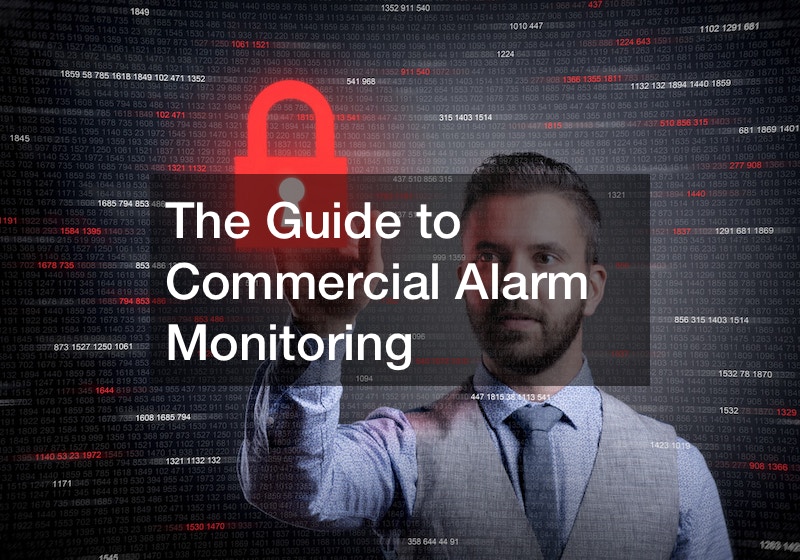In the video above, the reporter delves into the intricacies of commercial alarm monitoring for businesses. Many individuals use these systems without a comprehensive understanding of their functionality. The alarm setup typically consists of a keypad, serving as an interface to activate or deactivate devices like door contacts, motion sensors, and other security components. The control panel, acting as the system’s core, orchestrates the connections among these security devices, either through wired or wireless communication.
When an alarm triggers due to various events like door openings, motion detection, or glass breakage, the control panel transmits this data to the monitoring center. Operators at the center, equipped with specialized automation software, receive and assess the alarm signals. To mitigate false alarms, the reporter then went into call verification, confirming the validity of alarms before notifying the authorities, effectively reducing unwarranted police dispatches.
Next, the reporter went into the offers of real-time alerts and remote control capabilities through mobile devices, enabling users to manage their security system remotely, check status, and modify access privileges. Understanding the intricate workings of security alarm systems is crucial for businesses to optimize their safety measures effectively. The reporter’s detailed breakdown sheds light on the components and operations behind these systems. With remote access features and advanced verification methods, businesses can feel safe that their business is guarded.


